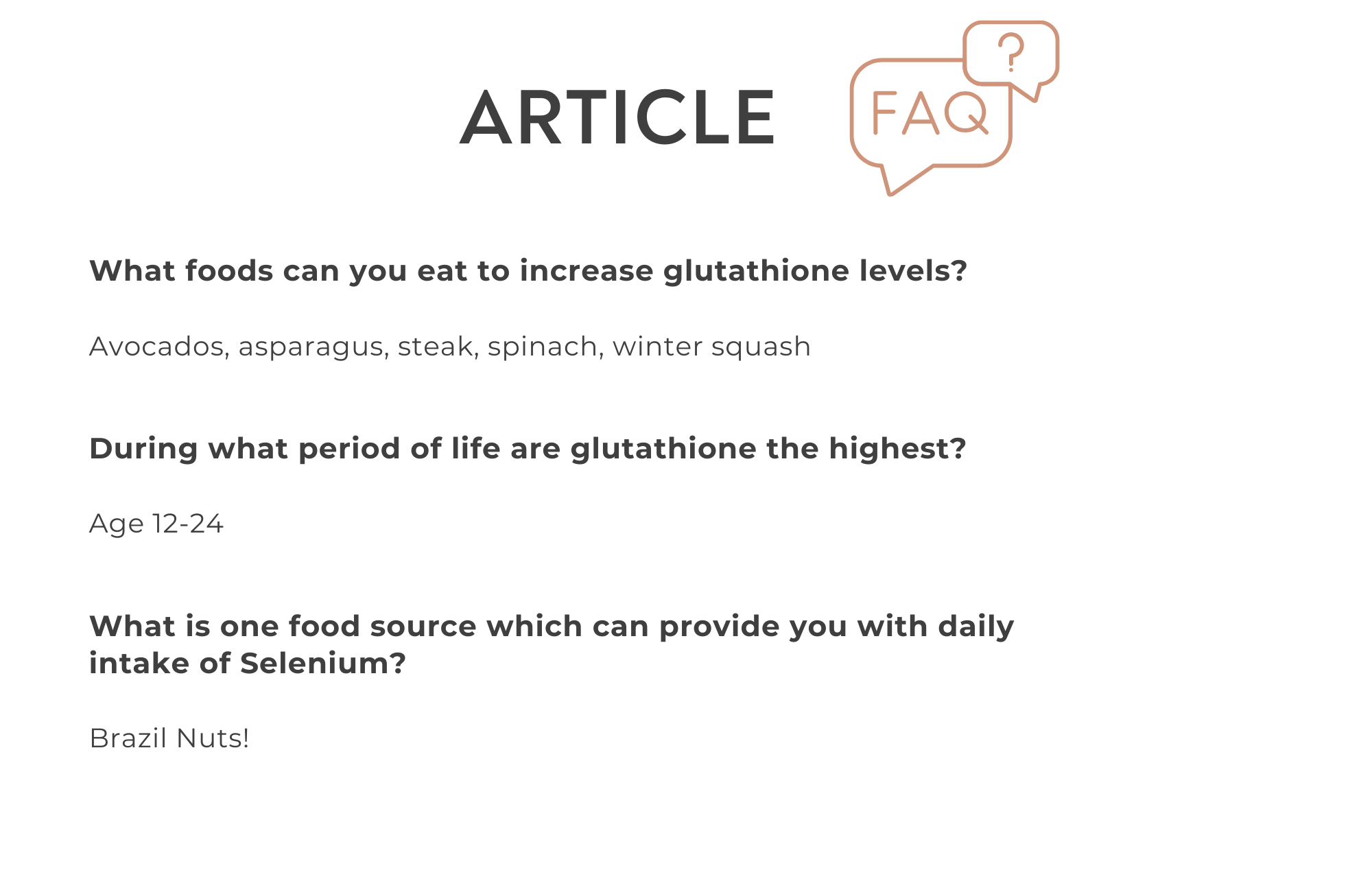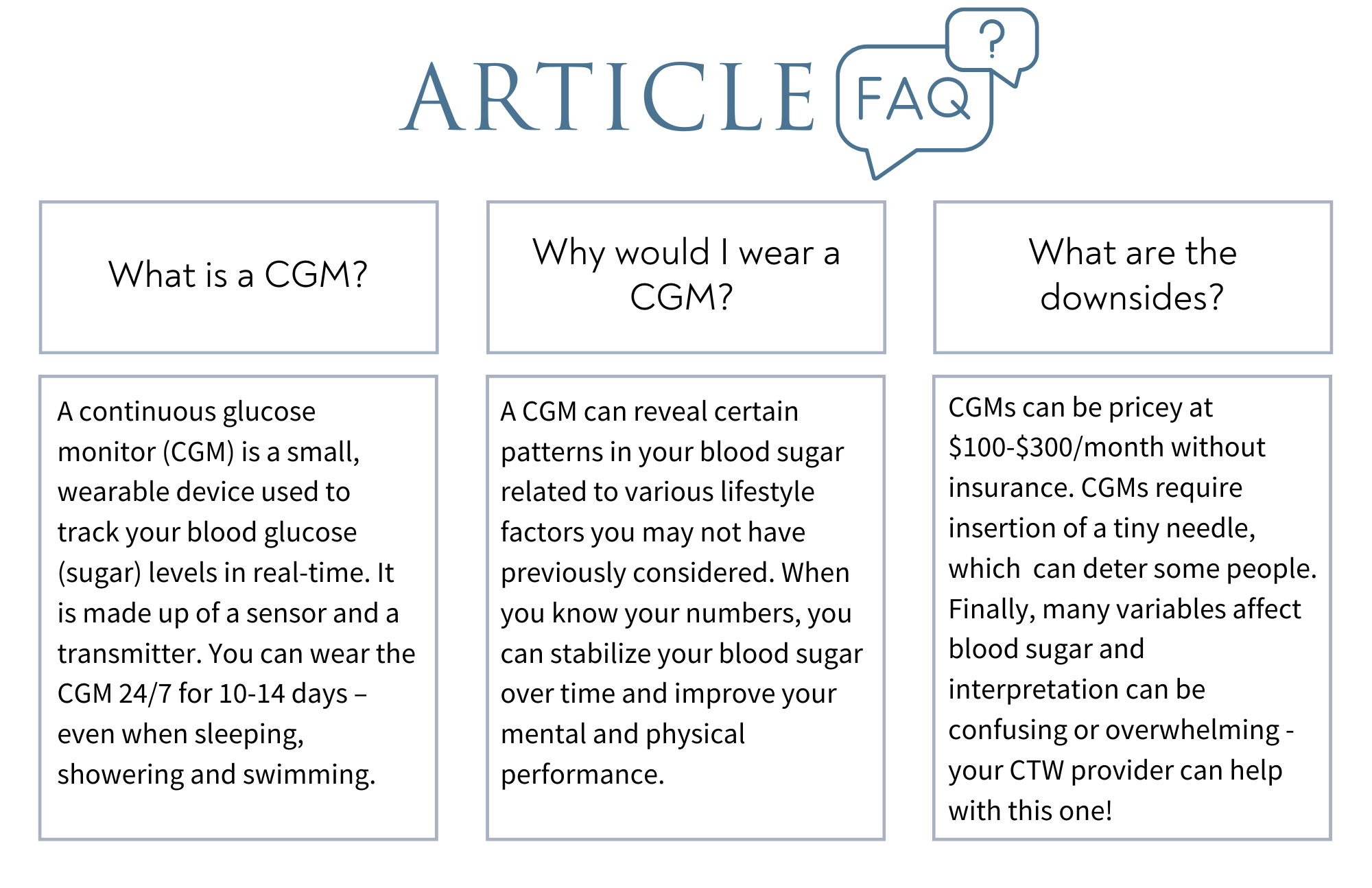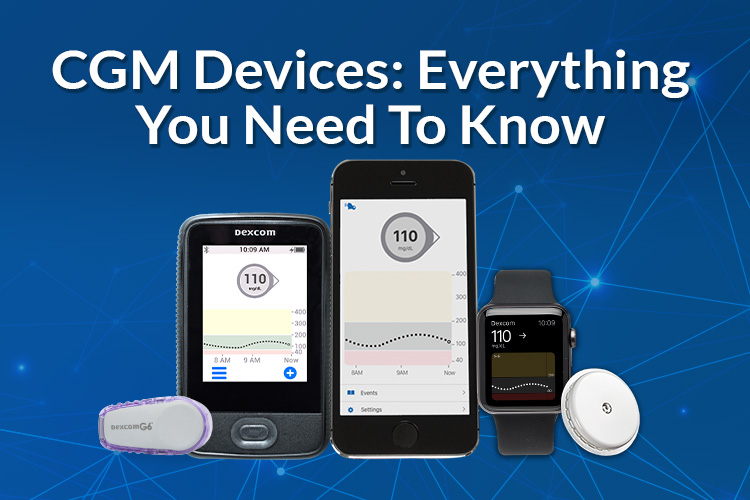
Introducing InBody: Transform the Way You Measure Health and Wellness

 919-999-0831
919-999-0831







Clarissa Kussin, ND, FMCHC, ERYT-500

New Year’s is the time when everyone is looking toward the year ahead and all that they want to achieve. While people make resolutions with the best of intentions, few follow through and achieve their goals. This is where health coaching comes in handy.
Health coaches help support clients as they work toward making sustainable lifestyle changes. They are passionate about helping others live happier and healthier lives. This includes helping them stick to New Year’s resolutions. Whether you want to reduce stress, eat better, or move more, health coaches can guide the way.
The Power of Personalized Guidance:
A health coach is your dedicated partner on your wellness journey, offering personalized guidance that goes beyond generic advice. They work with you to create a tailored plan based on your unique needs, preferences, and health goals.
Medical Benefits of Having a Health Coach:
How to Get Started:
If you’re ready to experience the transformative benefits of health coaching, reach out to us today! Our team of experienced health coaches is here to guide you on your journey to optimal health. Call 919.999.0831 to get scheduled.
Remember, investing in your health is an investment in a brighter and more fulfilling future. To your health and happiness!
References:
Wing, R. R., et al. (2018). Intensive lifestyle intervention in type 2 diabetes. New England Journal of Medicine.
Ockene, I. S., et al. (2007). The role of counseling in the promotion of healthy behaviors in adults. JAMA.
Huffman, J. C., et al. (2018). The role of stress and psychosocial interventions in cancer. Current Psychiatry Reports
Warburton, D. E. R., et al. (2006). Health benefits of physical activity: the evidence. Canadian Medical Association Journal
Your Partner In Health,
Clarissa A. Kussin, ND, FMCHC, ERYT-500

Clarissa A. Kussin, ND, FMCHC, ERYT-500

New Year’s is the time when everyone is looking toward the year ahead and all that they want to achieve. While people make resolutions with the best of intentions, few follow through and achieve their goals. This is where health coaching comes in handy.
Health coaches help support clients as they work toward making sustainable lifestyle changes. They are passionate about helping others live happier and healthier lives. This includes helping them stick to New Year’s resolutions. Whether you want to reduce stress, eat better, or move more, health coaches can guide the way.
The Power of Personalized Guidance:
A health coach is your dedicated partner on your wellness journey, offering personalized guidance that goes beyond generic advice. They work with you to create a tailored plan based on your unique needs, preferences, and health goals.
Medical Benefits of Having a Health Coach:
How to Get Started:
If you’re ready to experience the transformative benefits of health coaching, reach out to us today! Our team of experienced health coaches is here to guide you on your journey to optimal health. Call 919.999.0831 to get scheduled.
Remember, investing in your health is an investment in a brighter and more fulfilling future.
To your health and happiness!
References:
Wing, R. R., et al. (2018). Intensive lifestyle intervention in type 2 diabetes. New England Journal of Medicine.
Ockene, I. S., et al. (2007). The role of counseling in the promotion of healthy behaviors in adults. JAMA.
Huffman, J. C., et al. (2018). The role of stress and psychosocial interventions in cancer. Current Psychiatry Reports
Warburton, D. E. R., et al. (2006). Health benefits of physical activity: the evidence. Canadian Medical Association Journal
Your Partner In Health,
Clarissa A. Kussin, ND, FMCHC, ERYT-500

Sara Yadlowsky, FMHC

Many of us have too much glucose (blood sugar) in our system and are not aware of it. Glucose enters our bloodstream mainly through the sweet or starchy foods we eat. The conventional medicine community has taught for many years that unless you are diabetic or pre-diabetic your blood sugar levels are not important. However, more recent, cutting-edge science and the increased use of continuous glucose monitors (CGM’s) have proven that everyone needs to pay more attention to glucose levels. A CGM is a small device that attaches to the back of your arm and monitors blood glucose on a continuous basis. You can obtain a CGM through a prescription or purchase one online through websites such as Signos, Veri and Nutrisense. I wore a CGM for several weeks recently and found it very informative in understanding how my food choices affect my blood sugar levels. For example, I realized how breaking my fast with a low carb meal was very helpful in avoiding the spike that can occur after fasting for 16 hours.
Symptoms of uncontrolled glucose can include fatigue, food cravings and brain fog. Long term effects of uncontrolled glucose can include hormonal dysfunction, acne, wrinkles and infertility. Over time the development of type 2 diabetes, cancer, dementia, PCOS and heart disease can occur.
There are several easy modifications you can make to your diet that flatten the glucose curve that occurs after eating. These modifications include:
There is a new book out about blood glucose called The Glucose Revolution written by Jessie Inchauspe. The author goes into depth about the huge impact glucose has on our health. She then presents several ways to control our blood sugar more effectively. The book also includes tips on how to handle cravings, better choices in alcohol and how to read ingredient labels.
Jessie Inchauspe has an Instagram account (glucosegoddess) that continues the education on controlling glucose and gives lots of actional advice. This may help provide you with some motivation to jump start a healthier lifestyle in 2023. Our health coaches and physicians at Carolina Total Wellness are also always available to provide you with personalized advice on improved blood sugar control.
In health,
Sara Yadlowsky, FMHC

Didem Miraloglu, MD, MS
DO YOU KNOW HOW TO MEASURE YOUR WELL-BEING?

Ever heard of Heart Rate Variability (HRV)? Exactly as its name states, heart rate variability is a measure of the variability between heartbeats. Your heart beats a specific rate, anywhere from 60-100. There is a variation in this rate, depending on whether you take a deep breath, exercise, are under stress or are at rest. HRV is dependent on our nervous system to pick up cues from our environment. In order to understand how these cues are translated into physiological response, we first need to understand how the nervous system works.
Our nervous system controls our heart rate in two opposing directions.
One is the sympathetic nervous system, “fight or flight.” It is responsible for increasing the heart rate when we are stressed, like running away from a saber tooth tiger. In our present world since we are not normally faced with tigers, sympathetic drive kicks in during other emergency situations. This is exactly when you want more blood pumped from the heart to your muscles so you can fight or run. The blood pressure and heart rate increase as a normal response to the feedback from our environment.
Its counterpart is the parasympathetic nervous system, which is the “rest and digest” system. When our senses detect the emergency is all clear, our parasympathetic system takes the lead and tells our heart rate to slow down and lowers the blood pressure. Our body starts to relax.
This is the normal sequence of events that occurs by increasing and decreasing the heart rate appropriately according to the environmental cues. Studies have shown people with high heart rate variability are usually less stressed and are happier.
The problem occurs when there is low heart variability. This means the nervous system is not responding adequately to the environmental cues and hence your body is less resilient and struggles to handle changing situations. This may occur with diabetes, asthma, anxiety, depression and high blood pressure. This is also seen as we age.
You can improve your heart rate variability by taking care of your body and mind. Regular exercise along with a healthy diet, staying hydrated, avoiding alcohol, getting a good night sleep, being exposed to natural light, taking a cold shower and mindfulness, all help with reduction in HRV. Controlled breathing has also been shown to boost HRV and help fight stress which can decrease HRV.
The gold standard for measuring HRV is an EKG. But you don’t have to buy an EKG, since there are smaller and more affordable gadgets on the market with which you can measure HRV in the comfort of your home. Here are some of those:
There are also apps that help you increase your HRV. They do this thru teaching breathing techniques via biofeedback, which changes the heart rhythm to create a physiological balance in physical, mental and emotional systems. Some of these include HeartMate, HeartRate + Coherence Pro and HeartMath. HeartMath is the gold standard in the industry for coherence and the one with the most science behind it.
So, how do you measure your well-being? Mainly with tools that provide feedback on your heart rate variability. But remember, your well-being does not have so much to do with what is going on in your environment, as it does with how you perceive and react to your environment. And working on those factors will in long term help with your well-being.
“You have power over your mind – not outside events. Realize this, and you will find strength.”
Marcus Aurelius – Roman Emperor and Stoic philosopher (161-180 AD)

Didem Miraloglu, MD, MS

 |
There are many reasons exercise may fall to the wayside: injury, surgery, a major life event such as a divorce or death, demands of work or simply losing interest in an exercise routine can all disrupt your exercise schedule. Life is full of ups and downs and sometimes things gets in the way of consistent exercise and movement. Here are five tips to help you get back on track: Choose a Type of Movement You don’t have to stick with the same type of exercise you have done in the past. Perhaps it’s time to try something new – maybe something you’ve always wanted to try but haven’t. Think about your current lifestyle and what exercise would suit you best. There are so many different types of exercise. You may want to sample a few before you decide on an exercise plan. Set Realistic Expectations Don’t attempt to go from the couch to exercising 7 days a week overnight. This will often end up in injury and put you BACK on the couch. Instead come up with a plan that eases you back into consistent movement such as walking 2-3 days a week for 15-20 minutes. This primes your muscles and joints more effectively. It also gives you a “win” because it is manageable and you will succeed. This is great for your mindset and will keep you moving forward with your goals. Focus on Consistency One of the most important aspects of forming a new habit is to be consistent. So rather than working out once a week for 2 hours (and ending up sore and possibly injured) it is much better to exercise 5 days a week for 30 minutes. Make a commitment to yourself to exercise a specific number of days a week and keep that commitment. Get Support from Family and Friends Let your family know what your new fitness goals are so they can support you. You may need others to take over some of the tasks around the house so you have time to exercise. Enlisting a friend to exercise with you can help keep you focused and can make exercise more fun. Fuel Your Body with Nutritious Foods You’ll need to make sure you are fueling yourself well when adding exercise back into your routine. Depending on what type of exercise you are doing you may need more protein than you are currently eating. Focusing on whole foods with adequate protein, lots of veggies and healthy fats will give you the energy you need to get through your workouts. Exercise is hard sometimes but it should be fun! Find something you enjoy doing and see how good it makes you feel to move. Your Partner In Health! Sara Yadlowsky, FMHC |

 |
| “Lack of activity destroys the good condition of every human being, while movement and methodical physical exercise save it and preserve it.” — Plato Being consistently active helps you to live longer, have a better quality of life, improve your mental health, and improve your self-image. Take charge of your mental and physical health in only a few minutes a day. You can make big improvements to your health and energy levels by making small and deliberate healthy lifestyle choices that involve moving more every day. Many people feel daunted by the thought of changing their lives and starting a new routine to be more active, but there are only a few key tips to remember to be successful: Emphasize Fun. What is something you love? Whether that’s music, birds, friends, trampolines, or books, you can shape your activity plan around the things you love. Walk to and from a spot where you can listen to the birds every day; explore local libraries from top to bottom; take the stairs when you visit friends; take a dance class that incorporates music you love. Make the things you love part of your activity plan. Attach Activity To Habits. Taking a walk after dinner is a time-honored way to get moving. What is something you do regularly? Whether it’s going to work, cooking dinner, getting the mail, or brushing your teeth, any habit can be an opportunity to move. Try doing a one-minute wall-sit every time you brush your teeth; or practice dance steps while cooking dinner; or lift your bag over your head every time you go into your house. Any routine behavior can have a small activity bonus built in. Involve Others. Chances are, your friends, family, and co-workers want to be more active, too. Set active living goals together, see if you can aim for incremental advancements and variety in your routines. You could walk an extra two miles a week—or three more flights of stairs. When you meet someone who shares your activity goals, keep moving. Swap sitting at the coffeeshop for walks, and go around the block while catching up. Add Audio. Most phones can play music or podcasts, so challenge yourself to walk for at least one song, or one podcast. Having pleasant audio input can make exercise more fun and rewarding. Be Inventive. Rather than thinking of movement as calisthenics or a workout, challenge yourself to be inventive with your active living. Do an extra lap around the grocery store. Stand while watching a television show, instead of sitting. At work, think about how you can add a few minutes of movement by parking further away, or getting off the bus early. Whenever you text someone, stretch one part of your body. When you open the door at home, do a little dance. When you talk on the phone, stand up for part of the call or go for a walk and cover some miles with company. Be Forgiving. If you have a sedentary day, let it go. Don’t overwork the next day or punish yourself—just try to be active every day! Encourage yourself the way you would encourage your best friend. It is about progress, not perfection. Track your progress. Consider using a pedometer app on your phone, or truly dialing in with that Fit Bit you wear. The Oura Ring is a valuable option. How many steps do you take on an average work day? How many do you take on the weekend? Striving for 10,000 steps a day is recommended. However, some is better than none. See how it goes. Daily movement reduces the risk of many health conditions— protect your health! If you already have a condition, movement reduces the symptoms. Research shows that movement helps with conditions across a broad range: Many forms of cancer Depression, stress, and anxiety Cardiometabolic diseases including prediabetes, diabetes, hypertension, stroke Musculoskeletal health, including osteoporosis and rheumatoid arthritis. “Walking: the most ancient exercise and still the best modern exercise.”— Carrie Late Your Partner In Health! Clarissa A. Kussin, ND, RYT-500 |
Functional medicine is a science-based health care approach to assess, prevent and treat complex chronic disease.
![]() Learn More
Learn More
After a brief allergy test, you can begin sublingual immunotherapy (SLIT), or allergy drops under the tongue. No more allergy shots!
![]() Learn More
Learn More
Learn how to prepare for your visit and what to expect at your initial consultation and at your follow-up visits with our office.
![]() Learn More
Learn More